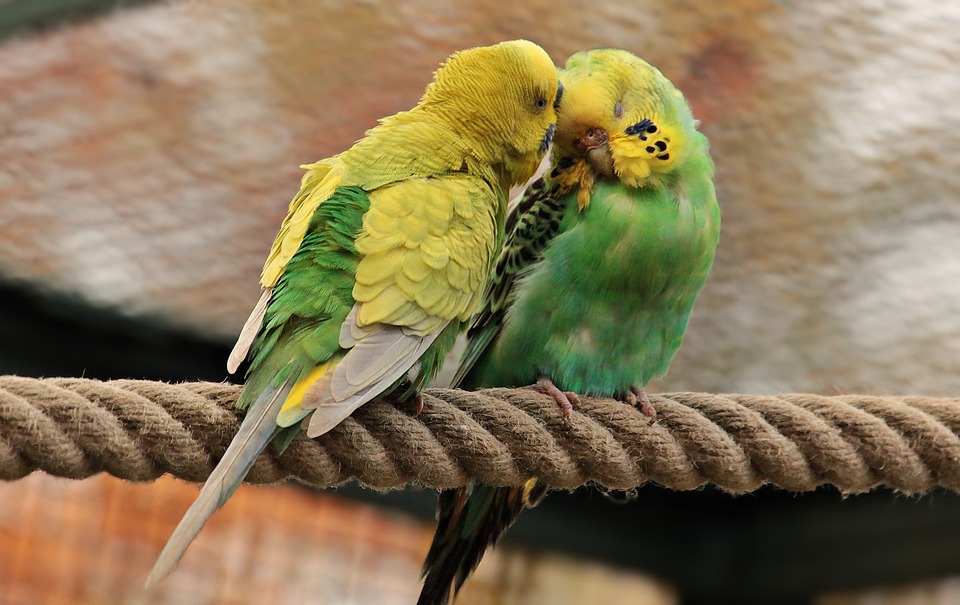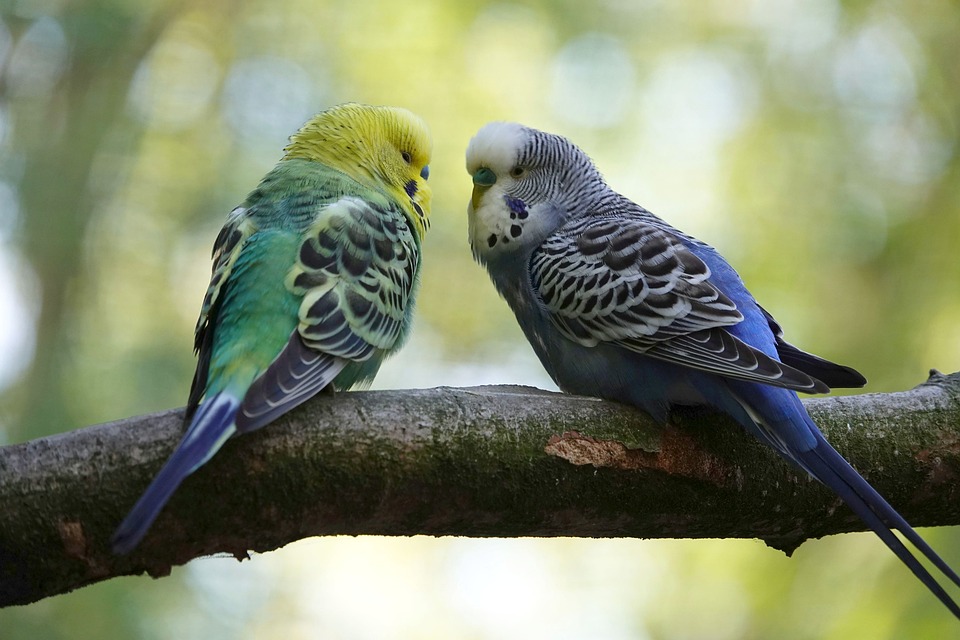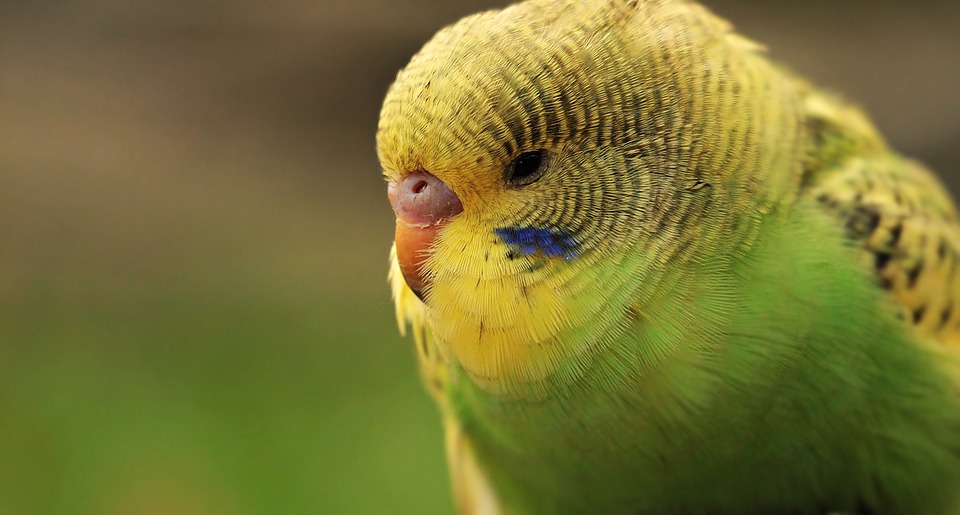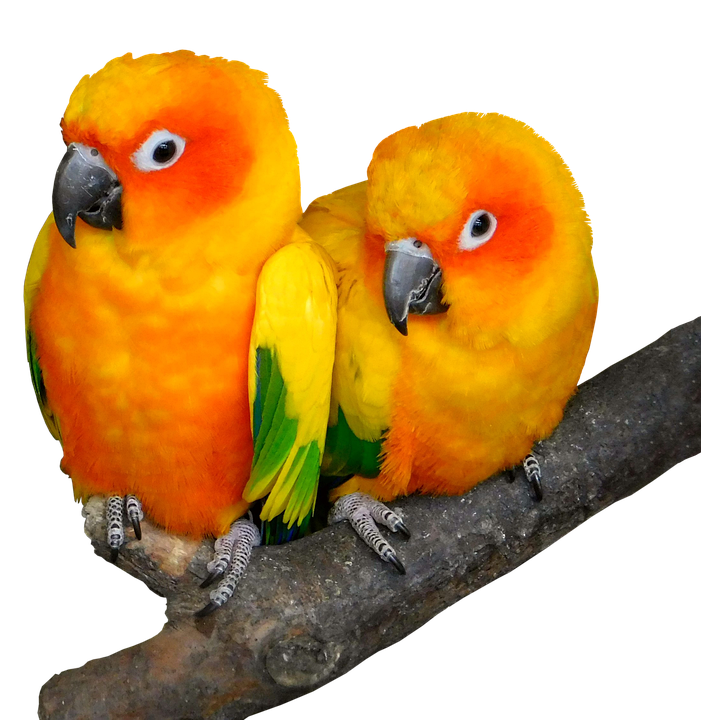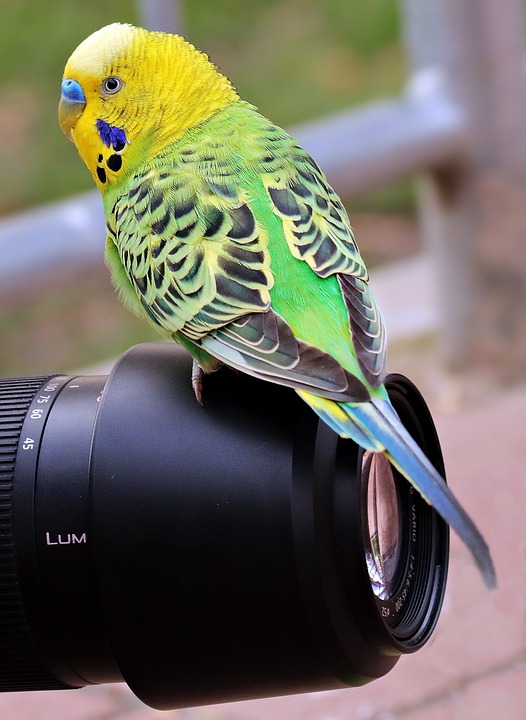Parrots are highly intelligent and social creatures that exhibit a wide range of behaviors. One important aspect of parrot behavior is dominance displays. Understanding and appropriately responding to these displays is crucial for maintaining a harmonious relationship with your feathered friend. In this article, we will delve into the meaning behind parrot dominance displays and provide valuable insights on how to respond effectively.
Parrot dominance displays are a natural part of their social hierarchy. They are a way for parrots to establish and maintain their position within a group, including their interaction with humans. These displays can include various behaviors, such as puffing up their feathers, lunging, biting, or vocalizing aggressively. It is important to note that dominance displays are not necessarily a sign of aggression but rather an assertion of dominance.
There are several reasons why parrots engage in dominance displays. One common reason is their attempt to establish and defend their territory. This behavior is particularly noticeable when a new person or object enters their perceived territory. By displaying dominance, parrots are essentially marking their boundaries and asserting their ownership.
Parrots are social animals and naturally form hierarchies within their flock or family unit. Dominance displays serve as a way for individuals to assert their dominance and establish their rank within the group. This behavior is especially prevalent during breeding seasons when competition for mates can intensify.
Dominance displays can also be a form of communication between parrots. They use these displays to convey their intentions, emotions, and boundaries to other flock members. By understanding and responding appropriately to these displays, you can foster a better understanding and bond with your parrot.
So how should you respond to dominance displays? The first and most crucial step is to remain calm and confident. Parrots are perceptive creatures, and they can pick up on your emotions. Reacting with fear or anxiety may reinforce their behavior. Instead, maintain a confident demeanor and project assertiveness.
Setting clear boundaries is essential in curbing dominance displays. Parrots need to understand what behavior is acceptable and what is not. Consistently enforce rules and reward positive behavior while redirecting or ignoring unwanted displays. This will help your parrot understand the boundaries of their interactions with you.
Boredom and frustration can contribute to an increase in dominance displays. Ensure that your parrot’s environment is enriched with toys, puzzles, and opportunities for mental stimulation. This will help divert their attention and energy towards positive outlets, reducing the likelihood of dominance displays.
In conclusion, understanding parrot dominance displays is crucial for maintaining a healthy and respectful relationship with your feathered companion. By comprehending the meaning behind these displays and responding appropriately, you can foster a harmonious environment that promotes positive behavior and strengthens the bond between you and your parrot. Remember to remain calm, set clear boundaries, provide enrichment, and seek professional help if necessary.


